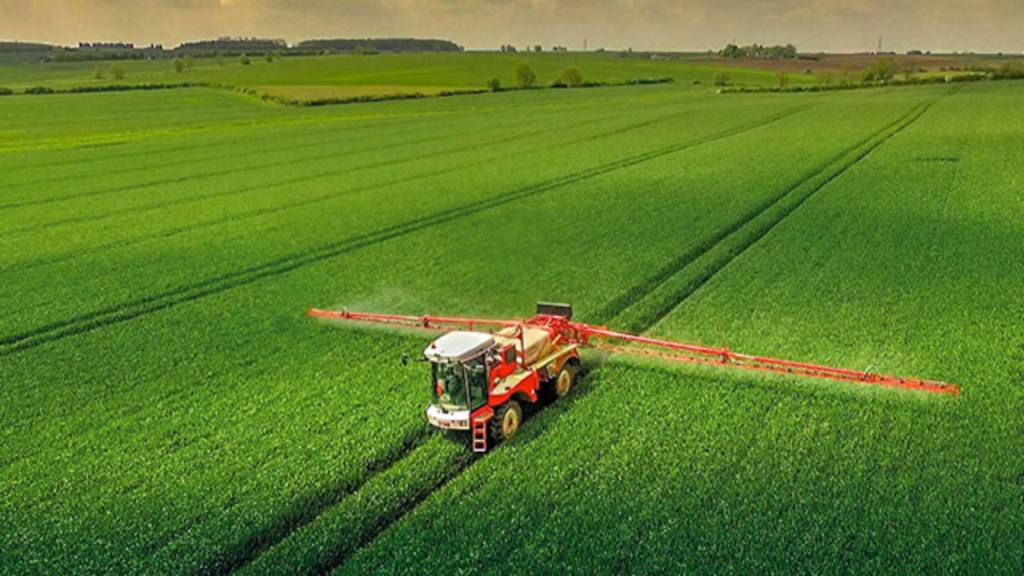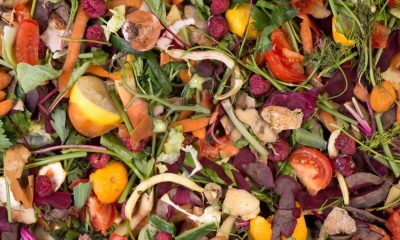Technology
New Agriculture Technology in Modern Farming

As the global population continues to rise, the demand for food production has never been higher. To meet these growing needs, modern farming practices have increasingly turned to innovative agricultural technologies. These advancements are transforming the way food is grown, harvested, and distributed, making farming more efficient, sustainable, and environmentally friendly. Embracing these new technologies is essential for farmers who want to stay competitive and contribute to a more resilient agricultural system.
Precision Agriculture: Maximizing Efficiency
Precision agriculture is revolutionizing farming by allowing farmers to manage their crops and livestock with unparalleled accuracy. By using data-driven techniques, such as GPS mapping, satellite imagery, and soil sensors, farmers can monitor and respond to the specific needs of their fields. This approach ensures that resources like water, fertilizer, and pesticides are used precisely where they are needed, reducing waste and lowering costs.
Moreover, precision agriculture can significantly increase crop yields by identifying areas that require attention, such as sections with poor soil quality or pest infestations. By addressing these issues early, farmers can optimize their production and reduce the likelihood of crop failure. This technology not only boosts productivity but also supports sustainable farming practices by minimizing the environmental impact of agriculture.
The integration of precision agriculture into farming operations is a game-changer, allowing for a more tailored approach to cultivation. As more farmers adopt these technologies, the agricultural industry as a whole becomes more efficient and capable of meeting the demands of a growing global population.
Drones and Robotics: Automating Farm Operations
Drones and robotics are playing an increasingly important role in modern farming, offering solutions that save time and labor while improving accuracy. Drones, equipped with high-resolution cameras and sensors, can survey large areas of farmland quickly, providing real-time data on crop health, soil conditions, and water levels. This information helps farmers make informed decisions about planting, irrigation, and pest control, ultimately leading to higher yields and better resource management.

Robotics, on the other hand, is being used to automate various farming tasks, such as planting, weeding, and harvesting. Autonomous tractors and harvesters can work around the clock, reducing the need for manual labor and increasing efficiency. These machines are designed to operate with precision, ensuring that crops are handled delicately and harvested at the optimal time.
The use of drones and robotics not only reduces the physical burden on farmers but also allows for more consistent and reliable farm management. These technologies are particularly beneficial in large-scale farming operations, where managing vast areas of land would otherwise be a daunting task.
Vertical Farming: Growing More with Less
Vertical farming is an innovative approach to agriculture that allows for the cultivation of crops in vertically stacked layers, often within controlled indoor environments. This method is gaining popularity in urban areas where space is limited, as it enables the production of fresh produce close to where people live. Vertical farms use advanced technologies, such as LED lighting, hydroponics, and climate control systems, to create optimal growing conditions year-round.
One of the key advantages of vertical farming is its ability to produce more food with fewer resources. Because these farms use less land and water than traditional agriculture, they offer a sustainable solution to food production in densely populated areas. Additionally, the controlled environment reduces the need for pesticides and herbicides, resulting in healthier and safer food.
Vertical farming also has the potential to reduce food miles—the distance food travels from farm to table—by allowing crops to be grown closer to consumers. This not only cuts down on transportation costs but also reduces the carbon footprint associated with food distribution.
Biotechnology: Enhancing Crop Resilience
Biotechnology is another area where modern agriculture is seeing significant advancements. Through genetic engineering and selective breeding, scientists are developing crops that are more resilient to pests, diseases, and extreme weather conditions. These genetically modified organisms (GMOs) are designed to withstand the challenges posed by climate change, ensuring a stable food supply in the face of environmental uncertainties.
In addition to enhancing resilience, biotechnology is also being used to improve the nutritional content of crops. For example, biofortified crops, such as rice enriched with vitamin A, are being developed to address nutritional deficiencies in populations around the world. These advancements have the potential to improve public health while also supporting sustainable agricultural practices.
The application of biotechnology in agriculture is not without controversy, but its benefits in terms of increased crop yields, reduced chemical usage, and improved food security are undeniable. As research continues, biotechnology will likely play an even greater role in shaping the future of farming.
Conclusion
The integration of new technologies into modern farming is transforming the agricultural landscape. Precision agriculture, drones, robotics, vertical farming, and biotechnology are just a few examples of how innovation is driving efficiency, sustainability, and resilience in food production. Farmers who embrace these advancements are better equipped to meet the challenges of feeding a growing population while minimizing their environmental impact. To learn more about the latest trends and technologies in agriculture, be sure to visit our website, where we explore these topics in greater depth. As the world continues to evolve, so too must our approach to farming, ensuring that we can provide for future generations.

-

 Food2 years ago
Food2 years agoFighting Restaurant Food Waste with Technology
-

 Lifestyle1 year ago
Lifestyle1 year agoBackpack Essentials for Returning to School
-

 Education2 years ago
Education2 years agoTips To Support Underserved Students
-

 Food1 year ago
Food1 year agoHow to Get Enough Protein Without Meat
-

 Education2 years ago
Education2 years agoInnovative Learning Strategies for the Digital Age
-

 Fitness1 year ago
Fitness1 year agoFueling Your Body for Optimal Performance
-

 Fitness1 year ago
Fitness1 year agoEffective Appetite Control for Enhanced Fitness Results
-

 Food1 year ago
Food1 year agoThe Role of Macronutrients in a Balanced Diet




